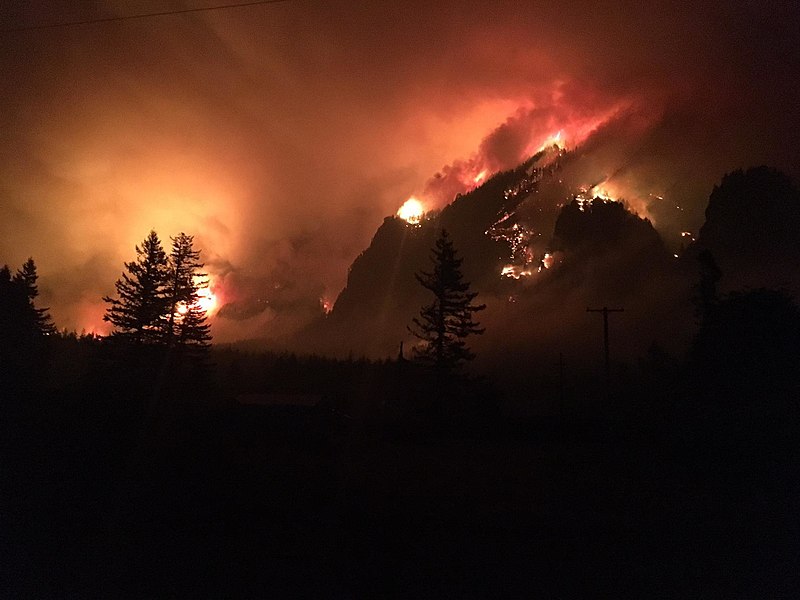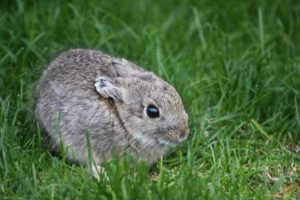[Main photo: rice and cheese stuffed crimini mushrooms, roasted acorn squash and red onion, and sauteed vegetables and mushrooms]
The older I get, the more important food has become to me. For the first quarter century of my life, I couldn’t have cared less about domestic duties. In fact, in my misguided desire to break out of traditional female gender roles, I eschewed anything associated with the household for many years. I remember a friend coming over to visit, and being shocked at how scarce kitchenware was in my home. I was basically living like a stereotypical bachelor(ette).
Then I ended up living with someone who insisted on taking over all the domestic duties as a way of “taking care” of me. Unfortunately, their cooking skills were…less than advertised. After entirely too many pans of cheap chicken thighs or pork chops covered in cream of mushroom soup and then dried to the consistency of shoe leather in the oven, I finally decided to learn to cook in self-defense. I started with my mom’s chili recipe, a piece of comfort food from home. And I found that I loved cooking–the flavors, the alchemy, the transformation of a pile of ingredients and a recipe into something artistic as well as edible.
While I am in no way a professional level cook, and in some ways am still barely competent in the kitchen, I’ve acquired a decent collection of cookbooks and flavor manuals, and I have a much better set of utensils. After years of gardening and foraging and preserving plants, and even raising and slaughtering my own meat, I also have gained a much deeper appreciation for the quality of the ingredients I use. I can’t always afford the pasture-raised meat, but I try to have a bottle of genuine olive oil no matter the recipe. (Costco has become one of my greatest resources.)
One thing that has always been central to my cuisine, even from the start, was respect for the animals, plants and fungi I was about to consume. We literally are what we eat. The vast majority of the molecules in my body came from something I ate or drank, and every time I sit down to a meal or a snack I am aware that part of what I am about to enjoy is going to become a long-term part of my body. After all, I’m only borrowing it temporarily before it gets returned to the ecosystem, so I should be appreciative of those recently deceased whose remains are actively being recycled by my digestive system.
Why is this awareness important?
–Connection with nature on a spiritual level: My paganism has always been nature-based, even if the exact interpretation thereof has evolved over time. As a naturalist pagan, I don’t invest myself in supernatural concepts–even the idea of spirits, to me, is something that I don’t actively try to prove literally. Instead, my path is firmly rooted in the idea that I am a part of something deeper and greater than myself, the concentric rings of community, ecosystem, planet and universe. By being mindful of the living beings whose now-dead remains are about to nourish me and keep me alive another day, I am reminding myself that I am part of that greater cycle, and that I am just one tiny part of the great community of nature. Even when the being who is feeding me–a fruit or nut tree, for example–is technically still alive, I still want to honor the sacrifice of their energy-made-matter and their potential offspring.

–Consideration of the welfare of other beings: I know there are people who will argue that anyone who isn’t a strict vegan can’t possibly be acting for the welfare of animals, at least, and that plants and fungi don’t count since they don’t have animal nervous systems. I’m not going to get into that debate because that’s at least three more blog posts, so leave it be. As someone who is an obligate omnivore, I’ve found the best solution for both my health and the planet is Michael Pollan’s advice: Eat [real] food, not too much, mostly plants. I am not currently in a place where I am able to grow or raise all of my food, but the farm my art studio is on has a nice garden going, with plans for improvement in subsequent years. I also have access to several farmers’ markets in the summer, though I’ve yet to find a good local CSA. And starting this past year I began raising chickens for both eggs and meat (though they’ve ended up being pets as well.) The more I can control the source of my own food and how it was grown and raised, the better I will feel about my role as a consumer of food.
–Mindful eating: This is a way to slow down your consumption of food and to be more aware of the experience of eating. It serves to not only reconnect you with something that can be quite enjoyable, but slowing down the act of eating can help reduce indigestion and other problems. Moreover, I feel it gives meals more meaning. As someone who eats alone 95% of the time, it can be easy for me to just zone about and shovel food into my mouth while I wander around online or read a book. Mindful eating makes me appreciate what I’m eating more, which has encouraged my already active interest in home cooking. And it helps me to remember again that everything I’m eating was once alive, as I am now alive, and that is something to respect.
I don’t really do special rituals or magic with my food; instead, having mindfulness infuse the very acts of cooking and eating is ritual in and of itself. That being said, you’re certainly welcome to toss a little kitchen witchery into the process if that’s your practice. Here are a few ideas:
–When preparing your work area, consider lighting candles or incense, or cleansing the area with a wash of salt- or herb-infused water. You can also put out crystals nearby that represent your intent. Some pagans like to have an apron or other adornment they only wear when preparing sacred meals (though I consider every meal to be sacred.) Consider it a way of making sacred space for the beings you are about to prepare into food, welcoming them into your home.
–Say a prayer over the ingredients for the meal you are about to prepare, thanking them for being there and asking that you be able to treat them with respect as you turn them into nourishment for you and whoever else you’re feeding
–Bless the herbs and spices you add to your meals. You can even look up magical correspondences for them, and add ones that match the intent of the meal. For example, cashews are often associated with financial success, so a meal of cashew chicken might be a good thing to have just before an interview or important business deal. Ask the spirits of the plants and minerals to help you with your goal.
–Create magical art with your food. This is especially easy with baking, and plenty of magical groups have celebrated rituals with cookies or cakes decorated with pentacles and other symbols. Try baking a layer cake where each layer is dyed with food coloring in shades that reflect intent–green for fertility and growth, pink for youth and joy, yellow for sunshine and health, and so on. Ask the wheat (or oats, or rice) in the flour, as well as the eggs, milk or other ingredients, to carry that intent for you.

–Decorate your table with reminders of the animals, plants and fungi you are consuming. You might have plates that have chickens on them, or add leaves of lettuce and fresh mushrooms as an edible centerpiece. Let the meal be a celebration of these beings and their gifts to you.
–If eating with others, take time to discuss the sources of your food and why you chose them. Even if the answer is “This is what I could afford and what I had access to,” that’s valid. Talk about where you think the plants were grown and the animals raised, and if you want to be able to change your sources–even if you can’t do it now–brainstorm ways in which that can happen at some point.
–Let nothing go to waste. Leftovers are love, as far as I’m concerned, not the least reason of which being they save me a night of having to cook again. Should you have chickens, pigs or other omnivorous animals, give them your kitchen scraps. Other pets can have limited types of scraps; dogs and cats love meat bits, various small critters love vegetables and fruit, and rats and some parrots will eat just about anything you give them. As for the rest, if you’re able to compost outside, tend your compost pile with care. Apartment dwellers may look into vermicomposting–composting with worms–which can be done indoors with few problems. Just don’t leave food scraps where wild mammals can easily get to them; this encourages them to lose their fear of humans and makes them dependent on us for food, which rarely turns out good for anyone involved. If you garden, let your compost be a gift to your plants (and fungi, if you grow dirt-loving mushrooms.)
Even if you don’t take the idea of spirits literally, these practices can still help you maintain awareness of where your food comes from and how you are connected to everything in a greater webwork of relationships. At a time when more people than ever are divorced from the sources of their nourishment, and take for granted the soil and the beings that it supports, it is crucial for us to regain that appreciation for our food. We are already destroying the land, the water and the air, and we need these if we are to continue having food available to us. If we start with changing our awareness, then that awareness translates into actions for the better. Let it start in your kitchen, and move out from there into the world.
Did you enjoy this post? Consider a copy of my book Nature Spirituality From the Ground Up, which includes even more practices to connect with your bioregion and the beings within it! More info on my books can be found at https://thegreenwolf.com/books















